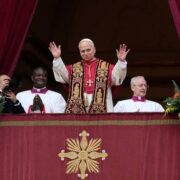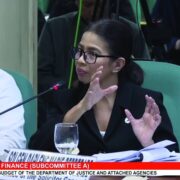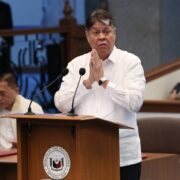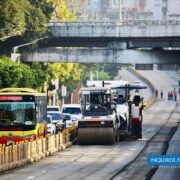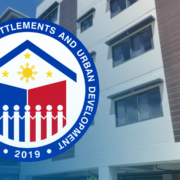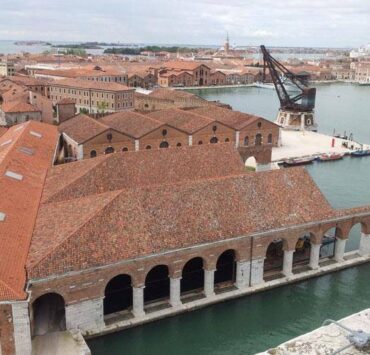Showcase of unrealized ideas
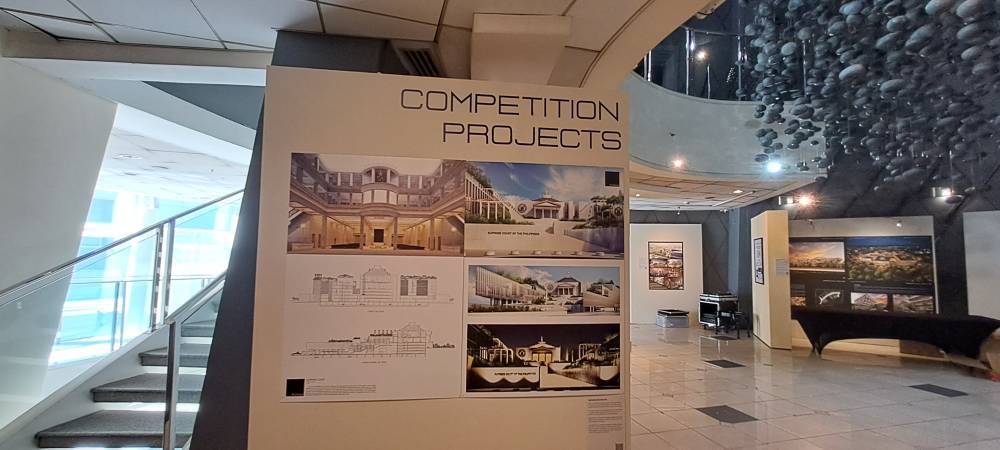
A room filled with visions that may never break ground, “Architecture and Urban Design Visions” at the Yuchengco Museum spans all three floors and presents more than just a collection of unbuilt structures. Organized by the United Architects of the Philippines (Makati Chapter) and curated by Jeannie Javelosa, it offers a glimpse into what architecture could become when liberated from constraints. This showcase of unrealized ideas feels less like a graveyard of dreams and more like a greenhouse of possibilities.
Javelosa, in a reflective Facebook post after the show’s opening, wrote: “I marvel at the richness of ideas present here, including competition entries for government buildings and structures. I also wonder why so many foreign architectural firms are chosen when we have a wealth of great talent locally.” That question reverberates throughout the gallery space, echoing louder with each sketch, render, and speculative section.
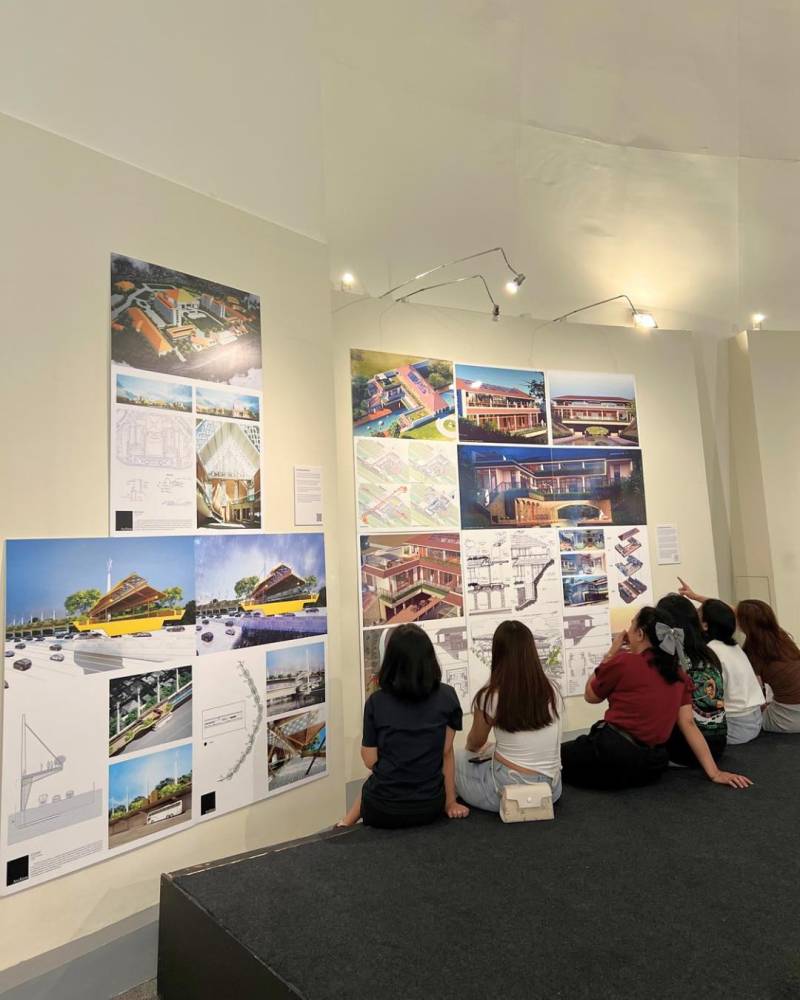
The exhibition, which runs until June 27, features the work of 29 architectural firms, each contributing proposals that, for one reason or another, have yet to be built. Some are competition entries, others are paused masterplans, and a few are just conceptual gestures. But none of them feel obsolete. Instead, they read like bold letters to the future—open, unresolved, and brimming with potential.
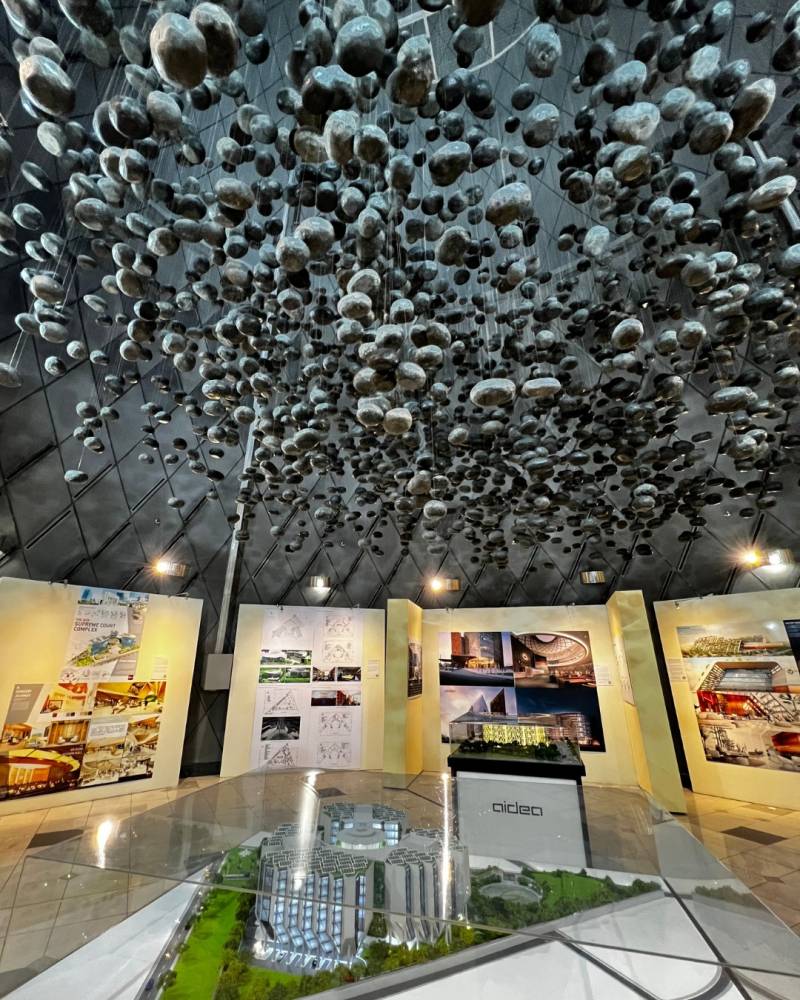
Raw thinking
“Architecture is more than form—it’s a quiet dialogue between imagination and intention,” the wall text reads, setting the tone for the experience. Indeed, the show is less about polished proposals and more about the raw thinking behind them.
Each presentation offers a glimpse into a process: the juggling of budgets, site constraints, political will—or the lack thereof. And yet, stripped of the urgency to be built, the works seem freer. Here, the only requirement is that the ideas are worth considering.
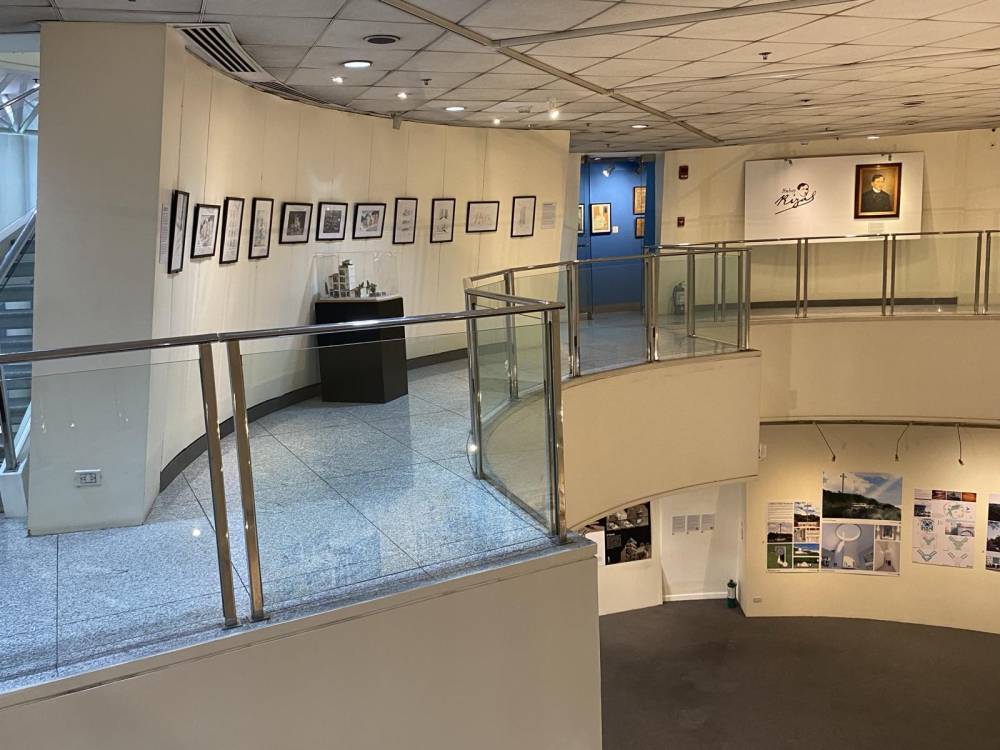
While most of the participants relied on sleek digital renderings, a few stood apart with hand-drawn plans and structural sketches—intimate reminders that the act of drawing is itself a form of dreaming. One particularly striking entry came from a small firm that traded glossy photorealism for a painterly and narrative approach. Their work, atmospheric and story-driven, drew in viewers not just to admire the form, but to imagine life within it.
We spoke to one of the exhibiting architects, Albert Zambrano, whose analog-inflected presentation stood out. A practicing artist and professor at Mapúa University, his project here shows he is also deeply concerned with teaching the public how to think differently about housing and community.
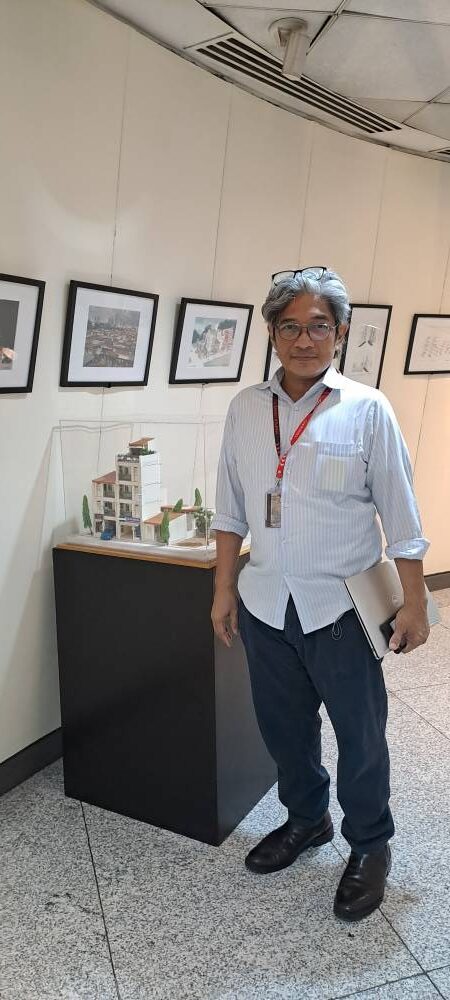
His unrealized housing proposal “Rising Core House,” which has been published in Espasyo, a journal of Philippine Architecture and Allied arts in 2009 by the National Commission for Culture and the Arts, imagines circular, communal living spaces that evolve with their residents—structures that allow for businesses to be built on the ground floors or a porch of a home, with vertical expansion over time, and the planting of economic roots through security of tenure. “If people know they won’t be evicted, they will improve their homes,” he explains. “This design thinks ahead—10, 20 years down the line. It assumes growth.”
For Zambrano, the unbuilt is not unworthy. In fact, because it’s unbuilt, it is pure—untainted by compromise. “When you’re free from budget and politics, you can ask the real questions. What do people need—not just now, but in the future?”
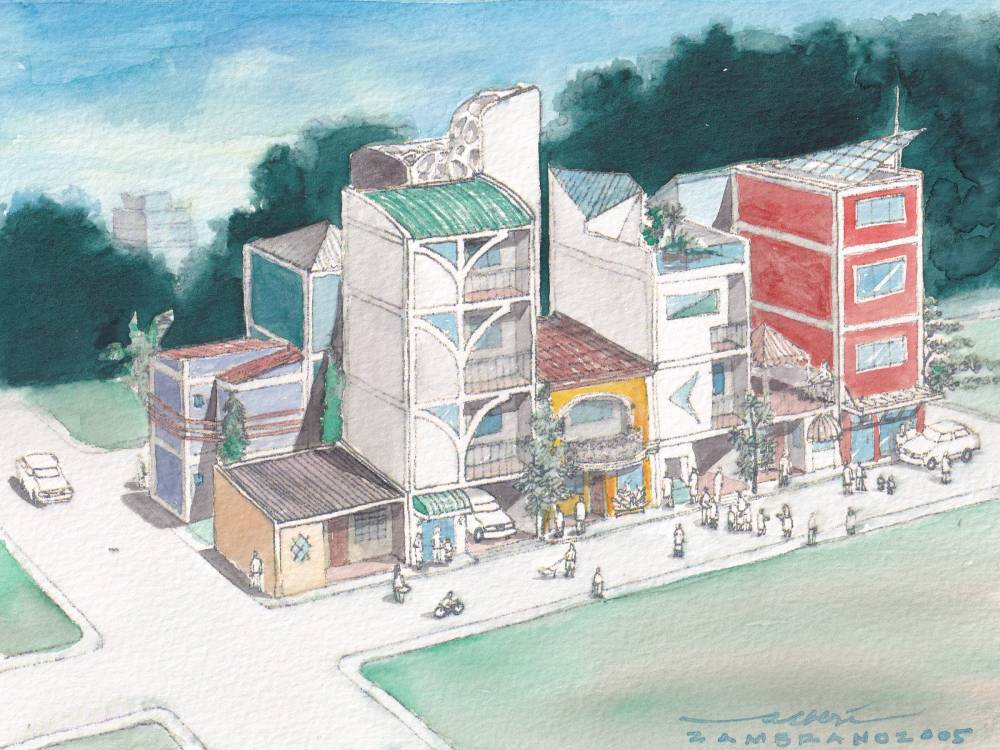
A place for hope
This exhibition, then, is more than an architectural archive. It’s a call to rethink what we value in our built environment. To imagine not just what can be constructed, but what should be. It’s an invitation to recognize the talent of Filipino architects, often overlooked in favor of foreign firms, and to understand that ideas—even when unrealized—have weight, power, and purpose.
For students and faculty of architecture, admission is free with a valid ID. But even if you’re not in the field, this show is worth visiting. It reminds us that every skyline begins as a sketch—and every sketch contains a future waiting to be believed in.




